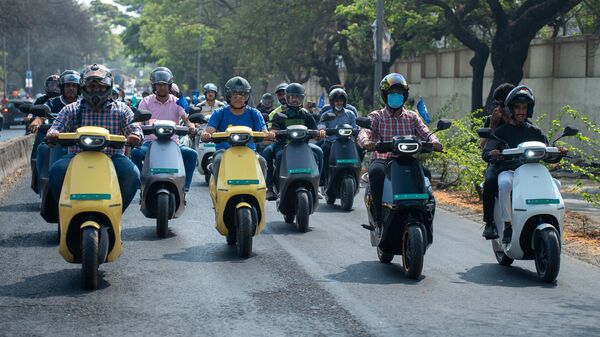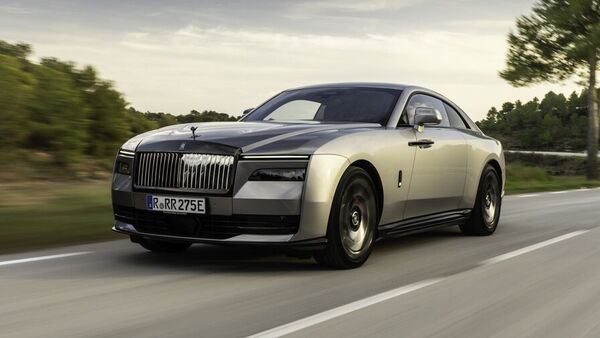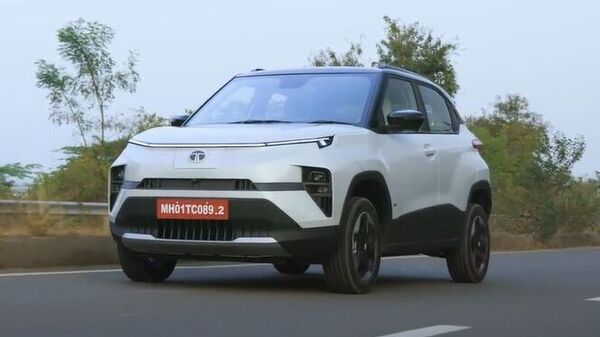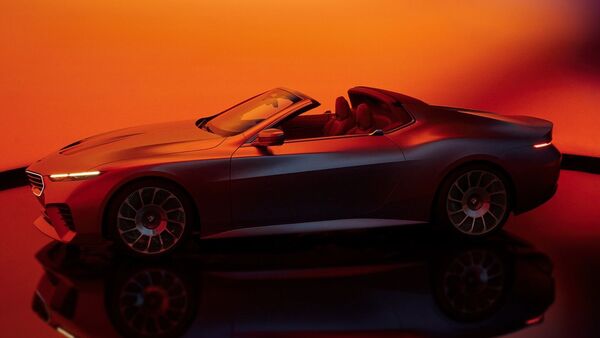
Indian EV industry is irrelevant without incentives and subsidies, says report
6 months ago | 72 Views
It is difficult for the Indian EV industry, especially the two-wheeler segment, to break even and earn profit with the help from government incentives and subsidies. A report by Bernstein, a popular global brokerage firm, has released a report in which it noted that several electric two-wheeler manufacturers are facing losses. It also said only a few of them are expected to survive the EV race in the long run. The report also said that Ola Electric, India's largest electric scooter manufacturer, currently has highest margins and is nearing profitability due to its strategies.
The report shared by Bernstein analyses margin profiles of India's major electric two-wheeler manufacturers, which also include the likes of TVS Motor, Bajaj Auto, Hero MotoCorp among others, in the first quarter of the ongoing financial year. The analysis does not include one of the popular brands Ather Energy. One of the highlights of the report is that the Indian EV two-wheeler industry generates revenue of around $1.3 billion (roughly converted to ₹10,872 crore) every year. However, the industry also faces loss in earnings before interest and taxes (EBIT) of around $300-400 million (roughly converted stands at nearly ₹3,345 crore) without incentives.
The report said established players like TVS, Bajaj and Hero are more vulnerable against newer startups like Ola Electric when it comes to margins and profitability. While Ola Electric benefitted from its localisation and and direct-to-consumer strategy, its rivals are still searching for profit. It said, “It is tough to generate sufficient margins and get scale in EVs. Even with hefty incentives, incumbent OEMs are still unprofitable. The EV Industry is not relevant without incentives currently, and to break the ICE sector, it needs intense focus, scale, and continued cost downs."
According to Bernstein, Ola Electric has managed to generate positive operating earnings from its premium models like the S1 Pro and S1 Air electric scooters, but is incurring losses on its mass-market model S1X. However, Ola's rival TVS is losing around ₹11,000 in EBIDTA for each electric two-wheeler it manufactures despite clocking around seven per cent of gross profit margin without subsidies. Bajaj is worse off with higher EBIDTA loss of nearly ₹15,000 per electric two-wheeler.
Also check out India's latest electric commuter bike Revolt RV1
For the major players to be able to challenge the conventional ICE two-wheeler industry in the long run, they need to keep sustained focus, go for large-scale operations and significant cost reduction. The analysis also highlighted that dominant startups like Ola Electric may soon be mainstream with largest market share while its more established rivals would be left to fight for the rest of the pie.
Read Also: Mahindra Thar Roxx vs Scorpio-N: Which 4X4 SUV is a better choice for off-roading?
HOW DID YOU LIKE THIS ARTICLE? CHOOSE YOUR EMOTICON !





















